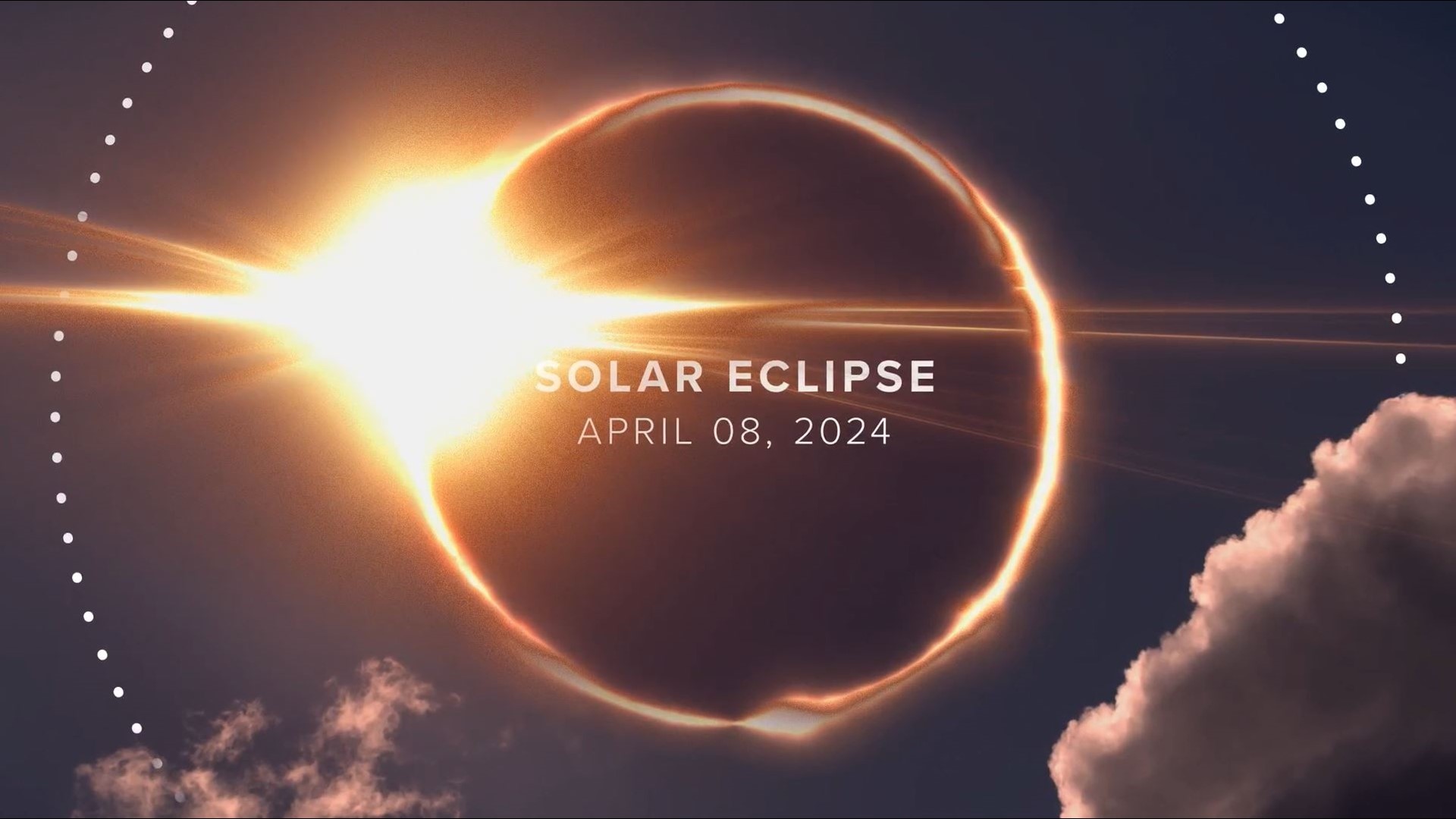On April 8, a rare total solar eclipse will traverse a narrow strip of North America, captivating millions across several states, including Texas, Illinois, Ohio, and New York. Unfortunately, residents in Los Angeles won’t experience totality but will still witness an impressive partial eclipse, where the moon will appear to take a bite out of the sun. This celestial event invites Californians to look up and marvel at the wonders of the universe, making it a perfect opportunity for astronomy enthusiasts and casual observers alike.
During the eclipse, approximately half of the sun will be covered by the moon in Los Angeles, while San Francisco will see one-third obscured. Northern regions of California will experience less of the eclipse compared to southern cities, with places like Crescent City seeing about 25% coverage, while Holtville near the Mexican border could witness up to 58% of the sun being blocked. For many, this will be the last chance to experience a partial solar eclipse in these areas until 2029.
The excitement surrounding this event is significant, as it marks the last total solar eclipse visible from the contiguous United States until 2044. The last total solar eclipse occurred in 2017, and before that, in 1979. In contrast, last October featured an “annular” eclipse, where the moon was too far to entirely cover the sun, creating a mesmerizing “ring of fire.” As April 8 approaches, anticipation builds for what promises to be a spectacular sky show.
What You Will Learn
- Understanding the significance of the upcoming solar eclipse
- What to expect during the partial eclipse in California
- Safety precautions for viewing the eclipse
- The science behind solar eclipses and their rarity
The Complex Legacy Of El Mencho: Insights And Implications
Understanding The 10 Basic Categories Of Odors: A Scientific Breakthrough
Unlocking The Truth: The Investigation Of Joseph James DeAngelo Jr.


